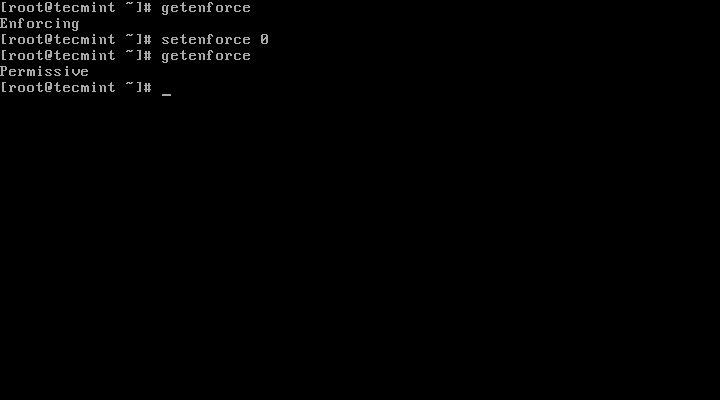How To Install Libapache2-Mod-Php5 In Centos

Dec 3, 2015 - systemctl start httpd # systemctl enable httpd. #systemctl start mysqld #systemctl enable mysqld. After starting MariaDB service, we will configure its secured password with below command. # apt-get install mysql-server apache2 libapache2-mod-php5 php5-mysql. 6 Getting MySQL Support In PHP5. LAMP is short for Linux, Apache, MySQL, PHP. This tutorial shows how you can install an Apache2 webserver on a CentOS 6.1 server with PHP5 support (mod_php) and MySQL support.

This tutorial exists for these OS versions • • CentOS 7 • • • • On this page • • • • • • • • This tutorial shows how you can install an Apache2 webserver on a CentOS 7.0 server with PHP5 support (mod_php) and MySQL support. LAMP is short for Linux, Apache, MySQL, PHP. 1 Preliminary Note In this tutorial, I use the hostname server1.example.com with the IP address 192.168.0.100. These settings might differ for you, so you have to replace them where appropriate. I will add the EPEL repo here to install latest phpMyAdmin as follows: rpm --import /etc/pki/rpm-gpg/RPM-GPG-KEY* yum -y install epel-release.
2 Installing MySQL / MariaDB MariaDB is a MySQL fork of the original MySQL developer Monty Widenius. Dbz Raging Blast Pc Download Dbz.org there. MariaDB is compatible with MySQL and I've chosen to use MariaDB here instead of MySQL. To install MySQL, we do install MariaDB like this: yum -y install mariadb-server mariadb Then we create the system startup links for MySQL (so that MySQL starts automatically whenever the system boots) and start the MySQL server: systemctl start mariadb.service systemctl enable mariadb.service Set passwords for the MySQL root account: mysql_secure_installation [ ~]# mysql_secure_installation /usr/bin/mysql_secure_installation: line 379: find_mysql_client: command not found NOTE: RUNNING ALL PARTS OF THIS SCRIPT IS RECOMMENDED FOR ALL MariaDB SERVERS IN PRODUCTION USE!
PLEASE READ EACH STEP CAREFULLY! In order to log into MariaDB to secure it, we'll need the current password for the root user.
If you've just installed MariaDB, and you haven't set the root password yet, the password will be blank, so you should just press enter here. Enter current password for root (enter for none): Now we call that file in a browser (e.g.
As you see, PHP5 is working, and it's working through the Apache 2.0 Handler, as shown in the Server API line. If you scroll further down, you will see all modules that are already enabled in PHP5. MySQL is not listed there which means we don't have MySQL support in PHP5 yet. 6 Getting MySQL Support In PHP5 To get MySQL support in PHP, we can install the php-mysql package.
It's a good idea to install some other PHP5 modules as well as you might need them for your applications. You can search for available PHP5 modules like this: yum search php Pick the ones you need and install them like this: yum -y install php-mysql In the next step I will install some common PHP modules that are required by CMS Systems like Wordpress, Joomla and Drupal: yum -y install php-gd php-ldap php-odbc php-pear php-xml php-xmlrpc php-mbstring php-snmp php-soap curl curl-devel Now restart Apache2: systemctl restart httpd.service Now reload in your browser and scroll down to the modules section again. You should now find lots of new modules like curl etc there.: 7 phpMyAdmin installation phpMyAdmin is a web interface through which you can manage your MySQL databases. PhpMyAdmin can now be installed as follows: yum install phpMyAdmin Now we configure phpMyAdmin. If you comment out the entire then no-one can use phpMyAdmin - because the directory can't be served by Apache.
The correct approach as per is to only comment out two 'Require IP' lines and replace them with a Require all granted thus: AddDefaultCharset UTF-8 # Apache 2.4 #Require ip 127.0.0.1 #Require ip::1 Require all granted # Apache 2.2 Order Deny,Allow Deny from All Allow from 127.0.0.1 Allow from::1. Thank you for great article for noobs like myself. I have running into a problem after I edited the phpmyadmin.conf file with commenting out the line you said. Now when I run #systemctl restart httpd.service, I get this error: 'job for httpd.service failed because the control process exited with error code. See 'systemctl status httpd.service' and 'journalctl -xe' for details.' What did I get wrong?
This is conf edited: [.]Alias /phpMyAdmin /usr/share/phpMyAdmin Alias /phpmyadmin /usr/share/phpMyAdmin # # # # Apache 2.4 # # Require ip 127.0.0.1 # Require ip::1 Require all granted # # # # # Apache 2.4 # Order Deny,Allow # Deny from All # Allow from 127.0.0.1 # Allow from::1 # # Options none AllowOverride Limit Require all granted [.]. Good tutorial. One thing which i want to point out is that CentOs 7 has bugs with php5. Php 7 works better. I followed all the steps except that I installed php 7.